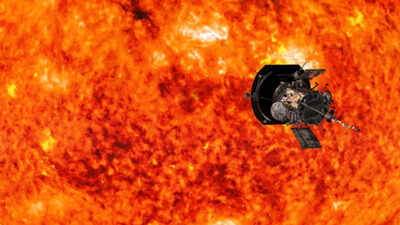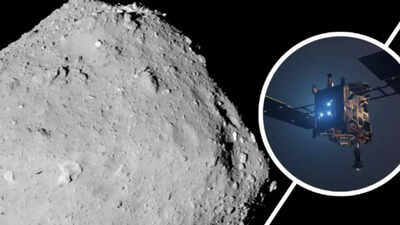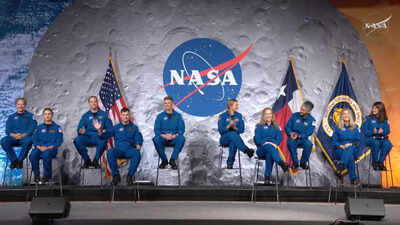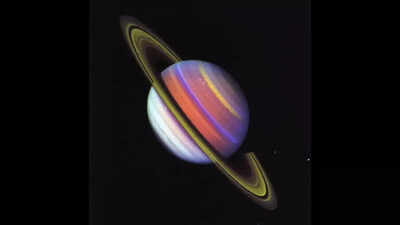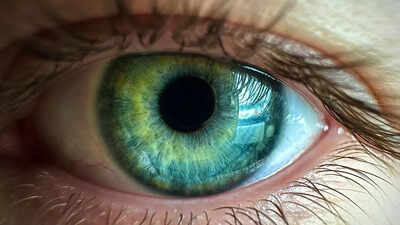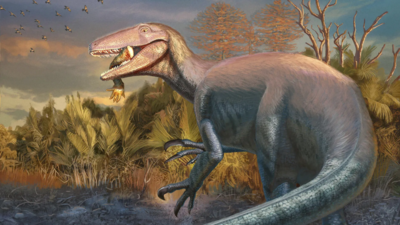
Scientists discover a new dinosaur from Argentina with a crocodile bone in its mouth |
Dinosaur (Representative image) (Pic credit: AP) NEW YORK: Scientists have discovered a new dinosaur from Argentina with powerful claws, feasting on an ancient crocodile bone. The new find was possibly 23 feet (7 meters) long and hailed from a mysterious group of dinosaurs called megaraptorans. They prowled across what’s now South America, Australia and parts…


